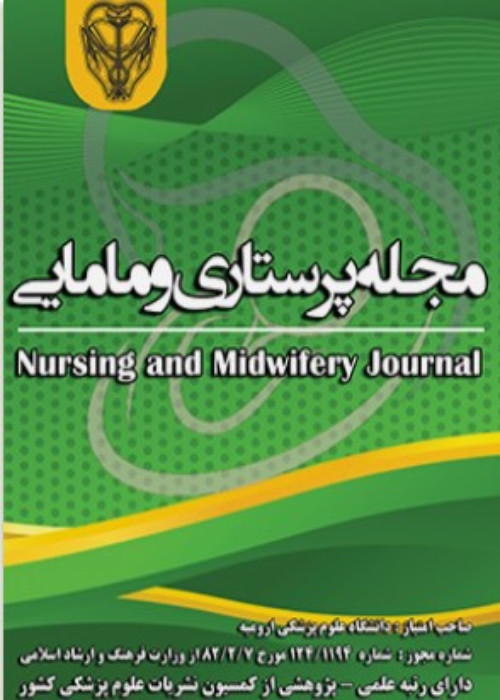COMPARISON OF THE EFFECT OF RESISTANCE AND AEROBIC TRAINING ON BODY COMPOSITION, FITNESS, AND PULMONARY FUNCTION IN WOMEN WITH ASTHMA
Asthma is a common respiratory disorder that reduces the quality of life in patients. Furthermore, due to importance of preventing and treating diseases through non-pharmacological interventions, the purpose of this research was to investigate the effect of aerobic and resistance training on physical fitness, body composition, and pulmonary function in women with asthma.
A total of 29 asthmatic women in Urmia participated in the study voluntarily with Convenience Sampling. They were randomly assigned into control group (n= 9, age= 29± 4.03 years, BMI= 23.52±2.34 kg/m2), aerobic exercise group (n= 10, age= 27.25 ± 3.10 years, BMI= 23.47 ± 3.16 kg/m2) and resistance exercise group (n= 10, age= 26.11 ± 4.83 years, BMI= 25.12 ± 2.90 kg/m2). Experimental groups exercised during 3 sessions for 8 weeks. Exercise sessions consisted of 10 minutes for warm-up, 30-40 minutes for aerobic or resistance exercises and 5-10 minutes for cool-down. Body composition and pulmonary functions were measured by caliper and spirometer and clinical signs were evaluated using Santanello’s questionnaire. Statistical analysis was conducted using independent t-test, dependent t-test, and one-way ANOVA by setting pretest as an intervening factor through SPSS-23 (p<0.05).
The results of intragroup evaluation indicated that in aerobic exercise group increased aerobic power (p = 0.02), anaerobic power (p = 0.01), flexibility (p = 0.03), muscular endurance (p = 0.02) and decreased clinical signs were significant (p = 0.01). In resistance exercise group, increased flexibility (p = 0.00), muscular endurance (p = 0.00), and body fat percentage (p = 0.02) were significant. There was a significant increase in FVC, FEV1 / FVC and FEF75% (p <0.05) and also a significant decrease was observed in clinical signs (p = 0.05). The results of intergroup evaluation indicated that changes in flexibility, muscular endurance, and FEV1/FVC, FEF75% were significant between the exercise groups and the control group (p <0.05).
It is concluded that both types of aerobic and resistance exercises can lead to both increased physical fitness and decreased clinical signs in women with asthma. However, the positive changes in body composition were the result of resistance exercise. Therefore, the participation of women with asthma in physical activity, especially resistance training, can improve their pulmonary function, body composition, and physical fitness.
- حق عضویت دریافتی صرف حمایت از نشریات عضو و نگهداری، تکمیل و توسعه مگیران میشود.
- پرداخت حق اشتراک و دانلود مقالات اجازه بازنشر آن در سایر رسانههای چاپی و دیجیتال را به کاربر نمیدهد.



